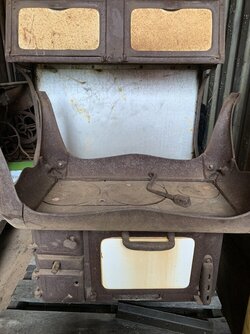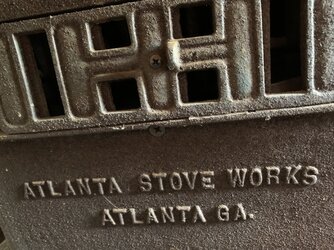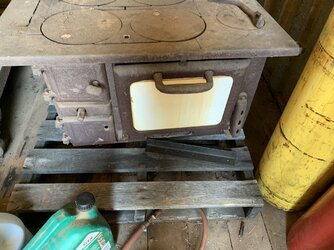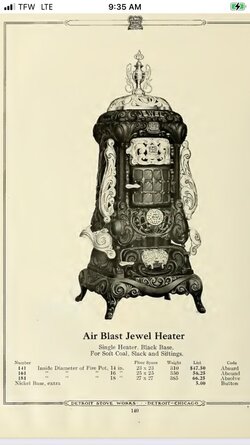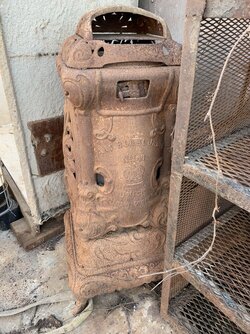If you search this forum with keyword 15-36 you will find others. It is a “coal range”. Is there a letter A after the model number? This looks like an A with upper warmers and no base. Use the entire model number as it appears on top to search correctly. You will find some that sit on a base called a Cabinet Model.
The first number is normally firebox length, the second number is oven diagonal measurement.
Years ago, before most states adopted the International family of Codes this could be installed and used. Your state adopted the 2018 edition that requires all appliances to be UL Listed with a UL Label attached. That testing using the nationally accepted testing didn’t start until 1979, so this is an unlisted appliance, only good for collectors or someone willing to install illegally. Some install safely to NFPA 211 Standard and claim it was “existing” since the code is for the new installation only, not use of an existing installation. Many insurance companies require the UL Listing as well.
How you treat the finish is important. Instead of coating with stove black polish after blasting, wire wheeling, or steel wool by hand, consider Stove Bright high temperature paint. Paint is far superior to polish that was used before the 1980’s when high temp paints were formulated. Stove black allows water and water vapor through to the metal, it is not impervious like paint coatings. Polish will rust under and through the coating that needs to be reapplied. The top gets oil. Linseed if you are keeping it new, and unfired. This is a drying oil unlike oils or lard that was used to cross link using heat to cure, like seasoning a cast iron pan. Paint does not decrease the value when used to protect the iron since it can always be removed. A stove coated with Stove Black Polish and fired for final cure is extremely hard to remove and restore, normally costing double due to extensive labor or blasting cost. Stove Black is fine for renewing a pre-coated stove on the rough surface only, never the machined smooth top. Scrubbing one of the parts with warm soapy water will show if Blacking has been applied.


